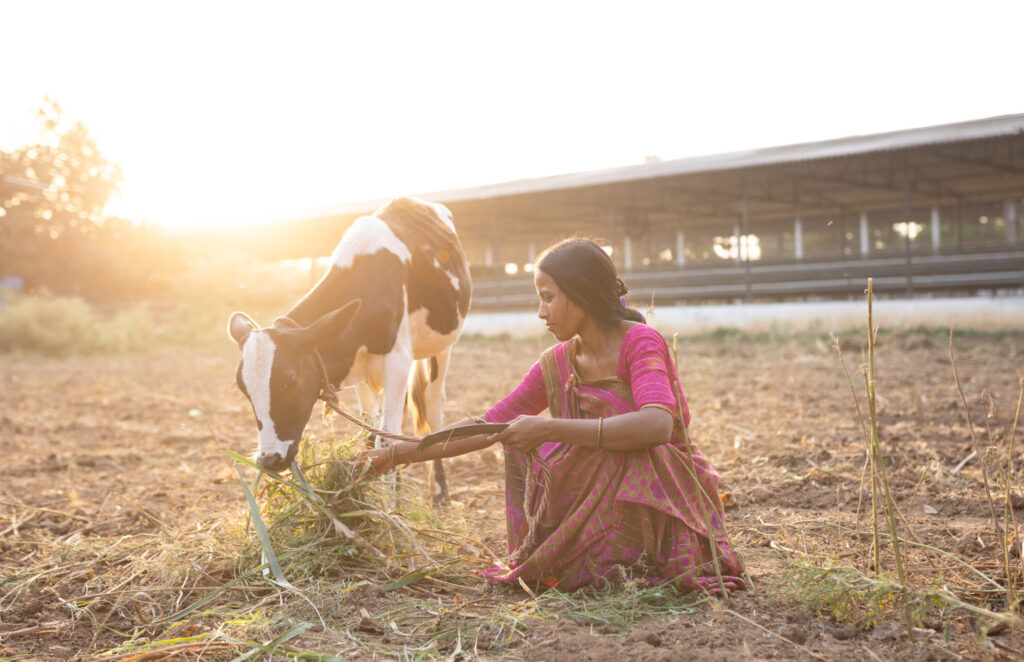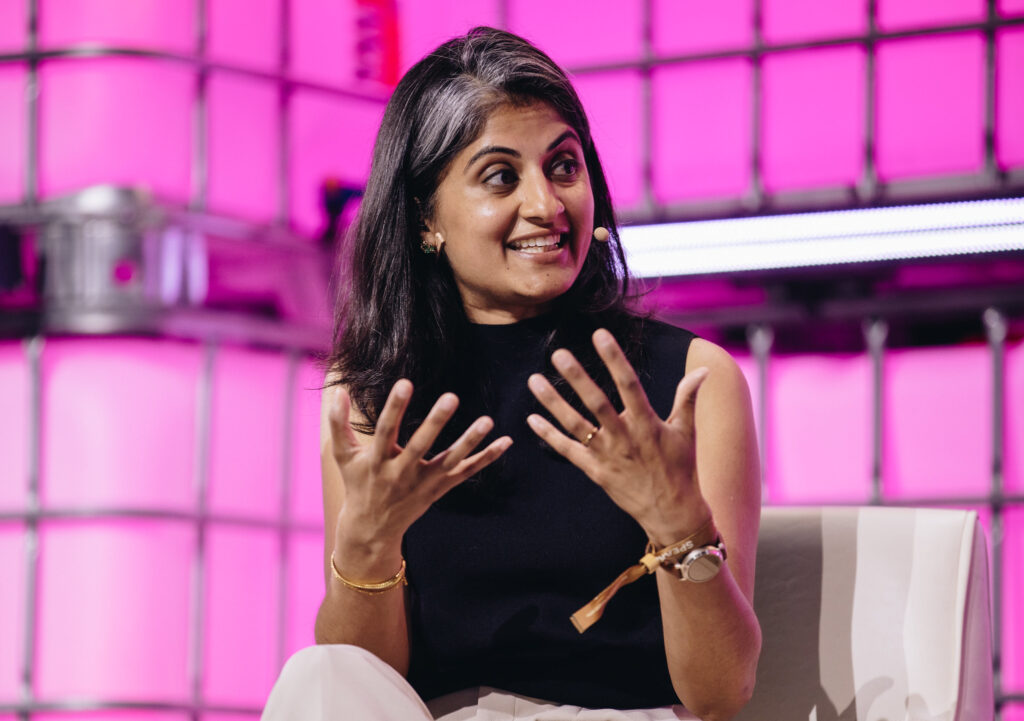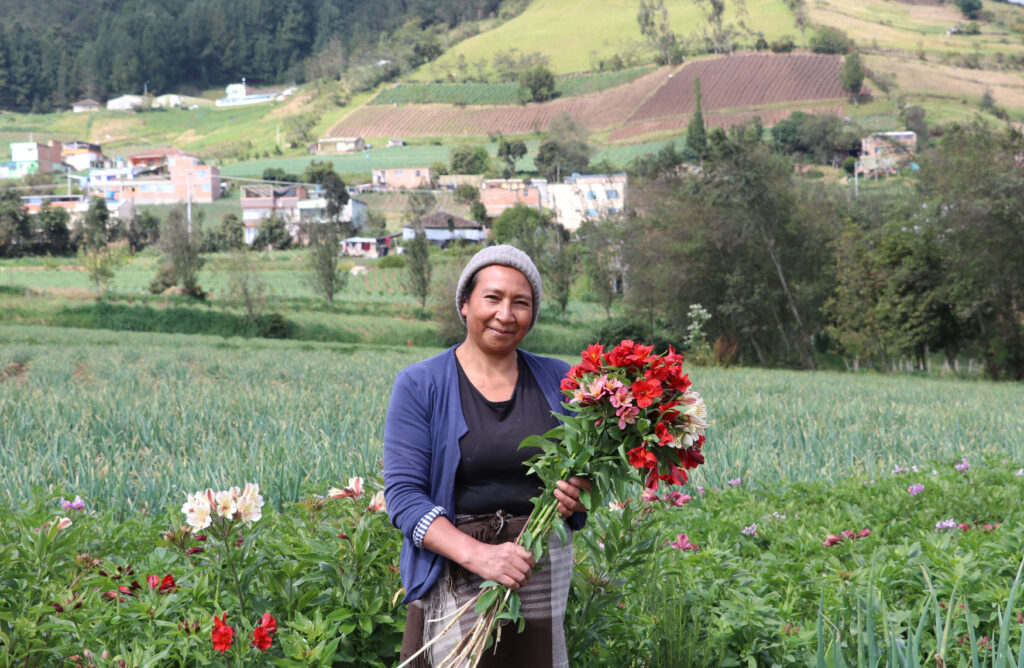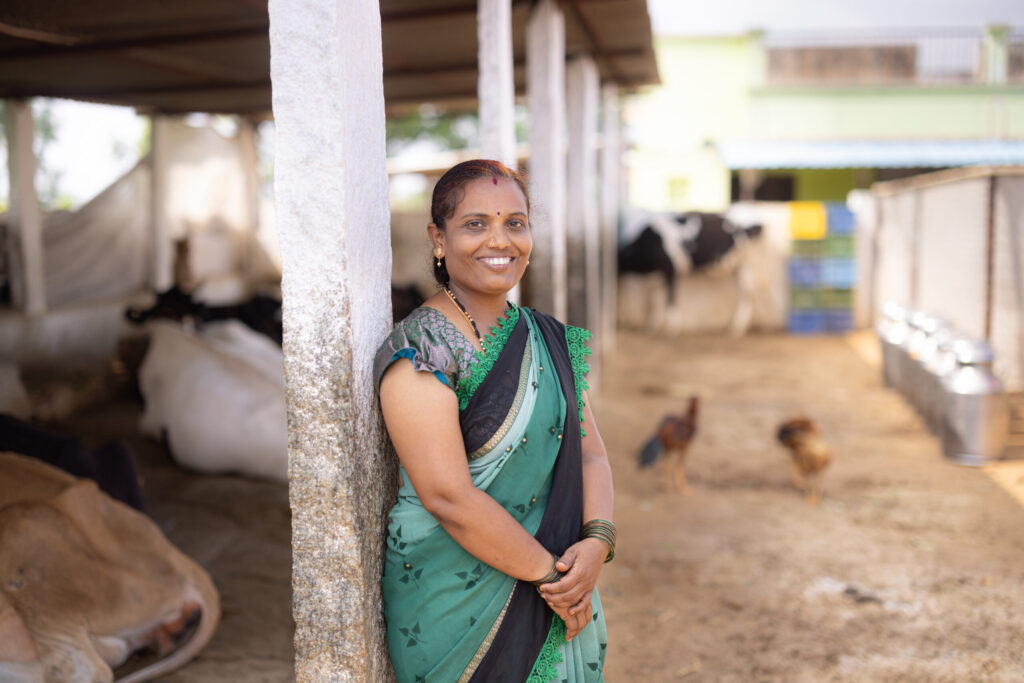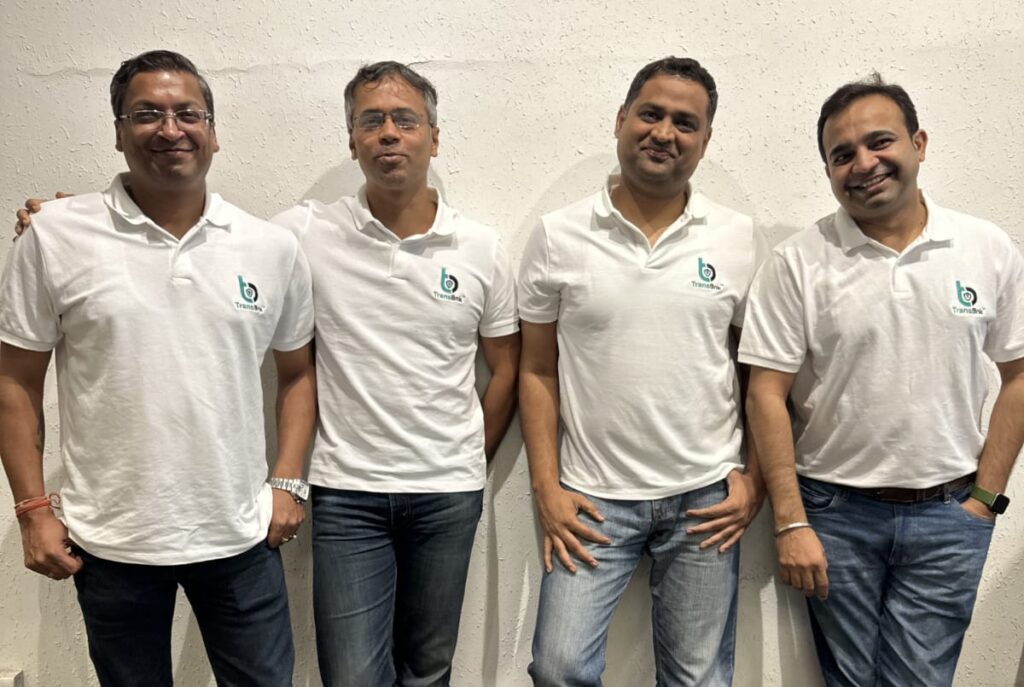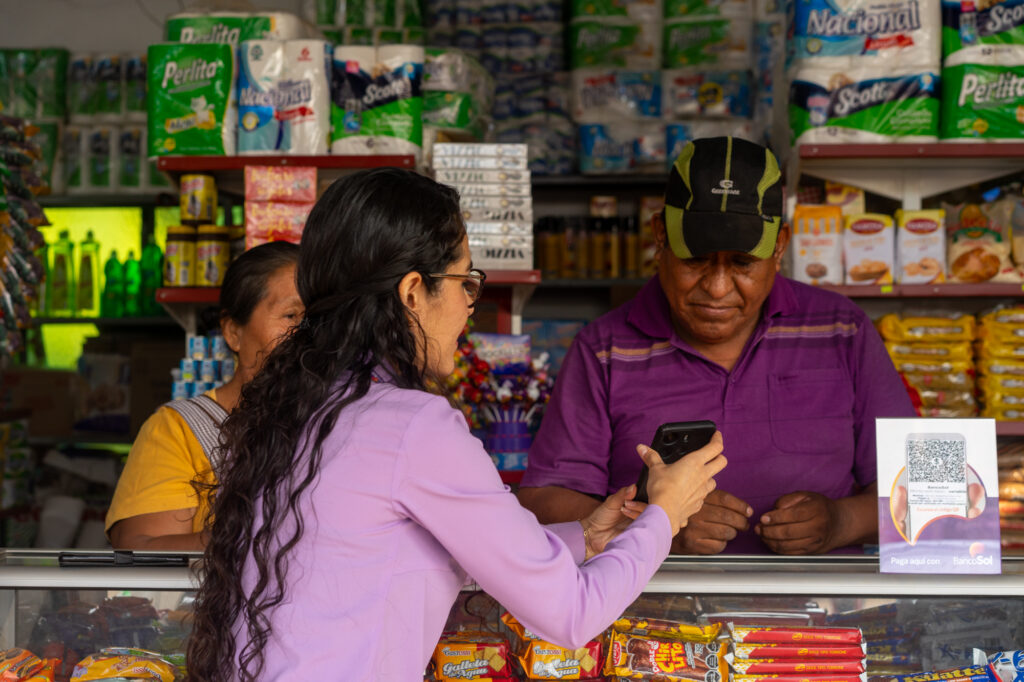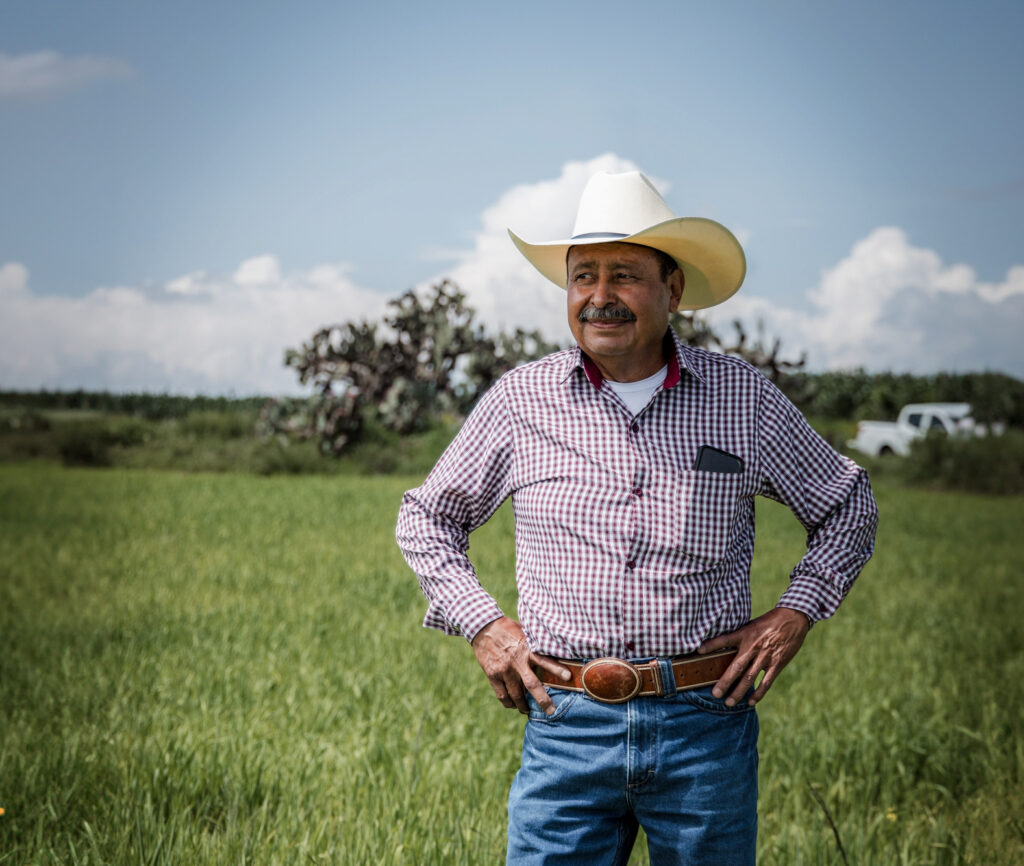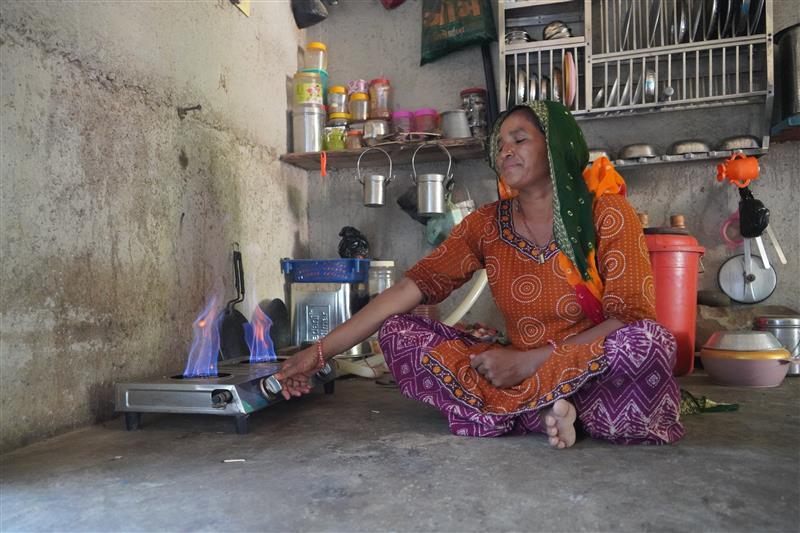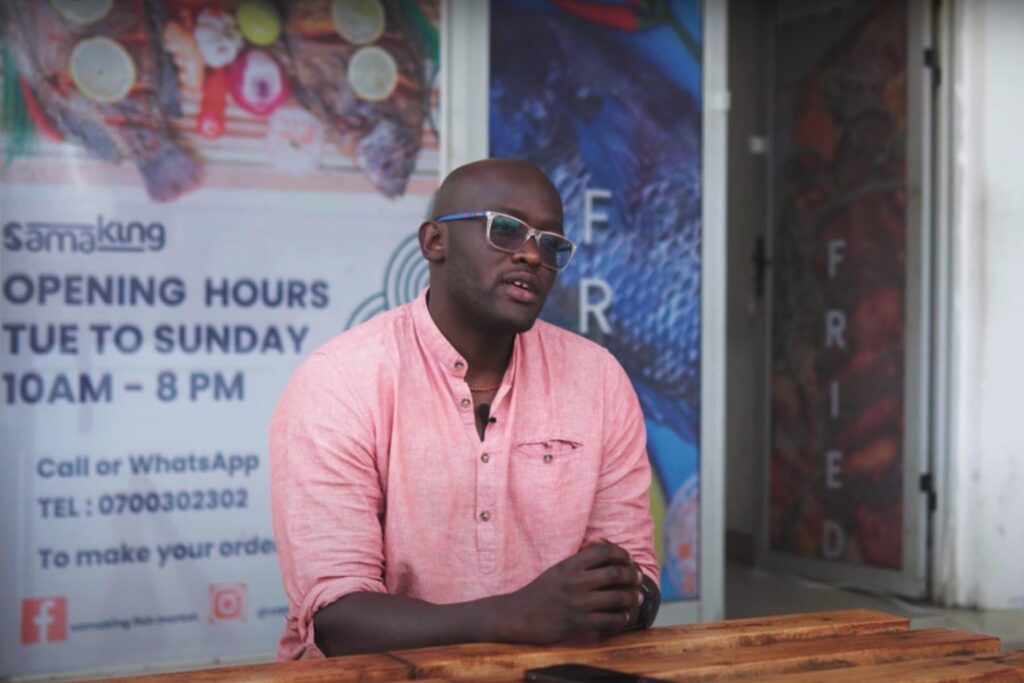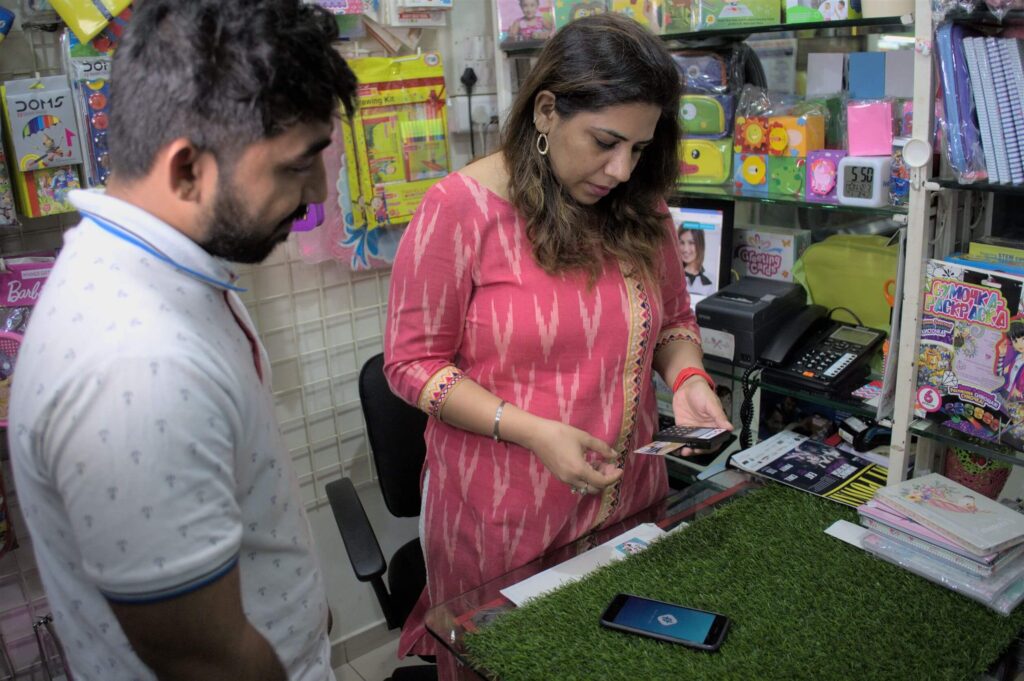
Last week, the World Bank updated the Global Findex, the world’s most comprehensive dataset on how people access and use financial tools. So much has changed, and now we can better understand the impact of the enormous societal and economic changes of the last few years.
The 2021 Findex shows a world that’s made encouraging progress over the past decade. More than a billion people have gained access to formal financial accounts — thanks largely to a digital revolution accelerated by the global pandemic. Access to accounts is a very important first step — but only a first step — toward having the full array of financial tools to help deal with shocks, seize opportunities, and manage your day-to-day activities. I’m proud of the role Accion and our partners have played in advancing this progress. We’ve leveraged digital innovation to expand the reach, quality, and affordability of financial services for those who’ve been left out. As the Findex puts it, financial services are a “cornerstone of development,” and new survey data from microfinance clients around the world, gathered by 60 Decibels, validates that people are using inclusive financial services to improve their quality of life.
But major challenges remain. The pandemic took an immensely devastating toll on the world’s low-income people, and our uneven global recovery, coupled with widespread inflation, continues to make their lives harder. And 1.8 billion people — about one-third of adults globally — are still left out of, or poorly served by, the global financial system. We have more work ahead to build a truly inclusive financial system that works for everyone, including women, low-income people, rural communities, microbusinesses, and other marginalized groups. We need to empower the world’s most vulnerable people in order to create a more resilient future.
Here are three takeaways from the 2021 Findex that will guide our work going forward:
1. Access to financial tools is increasing and is widespread— thanks to digitization
A decade ago, just 42 percent of adults in developing economies had access to a financial account. Today, that share has grown to 71 percent, and the number of unbanked adults has fallen from 2.5 billion in 2011 to 1.4 billion. We’re also seeing a promising reduction in the number of people who are underserved — today, 400 million people have an account they haven’t used in the past year, down from 1.3 billion initially reported in 2017. While this progress is impressive, much of it is due to having more comprehensive data in this year’s Findex. In the past, the data on inactive accounts only included accounts with no withdrawals or deposits — missing key activities that people use their financial accounts for, such as sending or receiving mobile money. That means the number of unserved and underserved adults we see today — 1. 8 billion people total — gives us a clearer picture of the progress we’re making, and the work left to do.
Including digital payment activity in account usage also helps us better observe one of the crucial on-ramps to the financial system. Much of the progress we’re seeing is enabled by a global acceleration in digitization, and the massive uptake of digital financial services that occurred during the pandemic. As we suspected, governments’ use of digital means to transfer relief funds played a role in this progress. Close to a billion (865 million) account owners said they opened their account to receive government relief funds.
We’re also seeing that payments are a catalyst to other financial services. In the past, many people simply took cash out of their government accounts and never used them again. The new data shows that four out of five people who received a digital payment also made a digital payment. And, of those making payments, 40 percent saved formally and 40 percent borrowed formally. So, we’re seeing significant progress in usage, not just access. This is a real turning point.
In the past, much of the progress was centered in India. I am pleased to say that, in the current report, we’re seeing widespread progress across the world. Of the 567 million newly banked adults in developing economies, 527 million are outside of India, with double-digit growth in more than 34 countries.
2. The gender gap is narrowing, but major challenges remain
For the first time in several years, we’ve made progress on closing the gender gap in account ownership. After being stuck at a 9 percentage point difference, in 2021, the gap between men and women’s account ownership in developing economies narrowed to 6 percentage points. But the story is more nuanced. Much of this progress comes from India where they have largely eliminated the gap. Bangladesh and Nigeria, on the other hand, both show a 20% gap; Pakistan (15%) and Tanzania (13%). So, we need to understand this better. But nonetheless, we’re seeing some progress.
Despite this progress, women are still more likely than men to be unbanked. About 740 million women, representing more than half of all unbanked adults globally, do not have an account. Disparity in mobile phone ownership is likely contributing to this gap. In South Asia, women are 22 percentage points less likely than men to have a mobile phone, and in sub-Saharan Africa the gap is 11 percentage points.
3. Financial resilience and literacy is lacking
What the 2021 Findex says about financial resilience is troubling. And amid the persistent volatility in the wake of the pandemic, the ability to weather economic shocks is vital to the survival of families and small businesses. But only half of adults in the developing world say they can access emergency funds in 30 days, and two-thirds of adults are ‘very worried’ about this. Women are also less likely than men to say they can raise emergency funds in 30 days.
The data on digital and financial literacy is also concerning. In developing economies, two-thirds of unbanked adults said they could not use a financial account without some help. In some economies, that share is even larger. Unbanked women in developing economies are 10 percentage points more likely than unbanked men to say they would need help using an account at a financial institution. Women are also 7 percentage points more likely than men to need help using a mobile money account.
Three strategies for progress in the next decade
The 2021 Findex shows our progress in building a more financially inclusive world, as well as the most pressing problems facing our work ahead. With these insights in mind, here are our priorities to continue making progress for the underserved over the next few years:
1. Continue leveraging digital innovation to expand access
While we’ve made encouraging progress in expanding the reach of financial services, we can’t overlook the 1.8 billion people who are still left out of or poorly served by the financial system today. And the next billion will be harder to reach than the last. These populations are among the most vulnerable people in the world, living in hard-to-reach locations, and lacking vital public and digital infrastructure.
Many key decision makers — including governments, telecommunications providers, and financial services providers — need to work together and make investments to expand essential services, including trusted identification systems, mobile phones, digital infrastructure, and basic financial tools. These investments will help drive further digital transformation and innovation.
2. Create products that build financial health and resilience
According to the 2021 Findex, women account owners in developing economies are 5 percentage points more likely to have an inactive account. Furthermore, hundreds of millions of people don’t have the resources necessary to survive an economic shock. The financial system is failing to meet the needs of these populations. We need to create products that are specifically geared to improve clients’ financial health, which is a win-win for both providers and clients. We also need to leverage innovative product designs and gamification to encourage clients to save money, build credit, and strengthen their resilience. These efforts can be a game changer for women seeking to grow businesses, provide for their families, and take control of their financial futures.
3. Build critical financial and digital skills among vulnerable populations
Access to digital and financial tools is practically worthless if you don’t have the skills and knowledge to use these tools. Putting clients at the center of product design, leveraging edtech, and ensuring these efforts include women can help more people gain the skills and capabilities they need to grow and thrive. Especially when working with vulnerable clients, the most successful applications of digital technology rely on human touch at various stages of the customer journey to build trust, establish relationships, and engage customers. We need to apply a thoughtful tech-touch balance to support and empower vulnerable clients.
The 2021 Findex gives us a vitally important view of how far we’ve come to build a financially inclusive world — and how we can best move forward. In the next few years, I believe we can work together to build a truly inclusive economy that works for everyone, especially the vulnerable and marginalized groups facing the most urgent challenges today.
